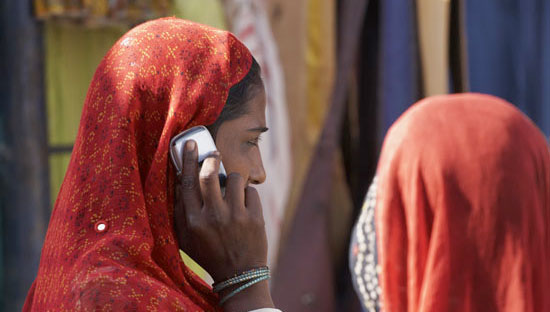Mobilizing Health | 
Objectives
- Create visualizations that document the number of patient requests, the doctors responses, and reveal any patterns might lead to adjusting the program for better results.
- Capture data on symptoms communicated and meds prescribed to develop model treatments for certain types of illnesses.
- Use the data to recommend potential on-the-ground modifications to the program.
Findings
- It’s possible to make predictions based on a patient’s problems and possibly get faster recommendations without the intervention of a physician.
- Doctor’s response times were fairly consistent, regardless of what day of the week it was, which was important to determine.
- Especially responsive doctors were identified, which means that especially urgent patient requests could be funneled to them.
Question
Every minute in India, 11 people die from a treatable disease.
Why? In part, because millions living in rural outreaches have severely limited access to a doctor. This problem became the foundation of Mobilizing Health’s mission. The San Francisco nonprofit uses text messaging to connect doctors with sick patients living far away from the health services they need. The docs can collect information, make a diagnosis, and even prescribe medicine.
One of the great things about using cell phone technology is the vast amounts of data that you can capture—data that can be used, in this case, to make patient services more effective.
Could Mobilizing Health use data from the text communications to manage doctor behavior? Or to anticipate which doctors will be available most quickly? Or to identify the onset of a health crisis?
What Happened
In December 2011, our data surgeons, led by Chris Diehl, joined forces at the San Francisco DataDive with the crew from Mobilizing Health to find out what could be done with all the data captured in these texts.
The team analyzed the number of requests docs were getting, their response rates, and the actual messages between doctors and patients. And they were able to process the text in the messages to identify the medications doctors were prescribing.
What’s Next?
Given that we were able to put together a good picture of doctor behavior, especially with regard to how they prescribe medications, there’s an opportunity to create new protocols that can streamline the provision of services. By understanding how factors drive doctors’ decisions, there’s a real opportunity to help move the process forward. Human interaction should always be a part of health care, but health outcomes may improve dramatically when services are prompt and predictable.



